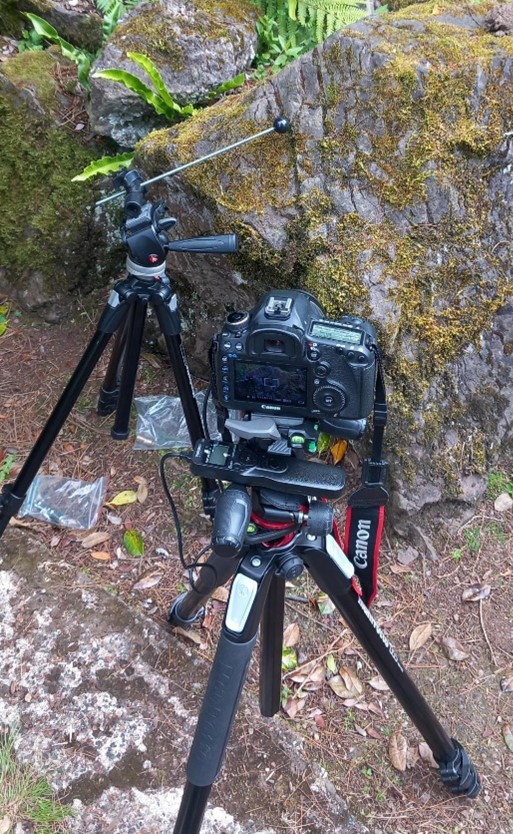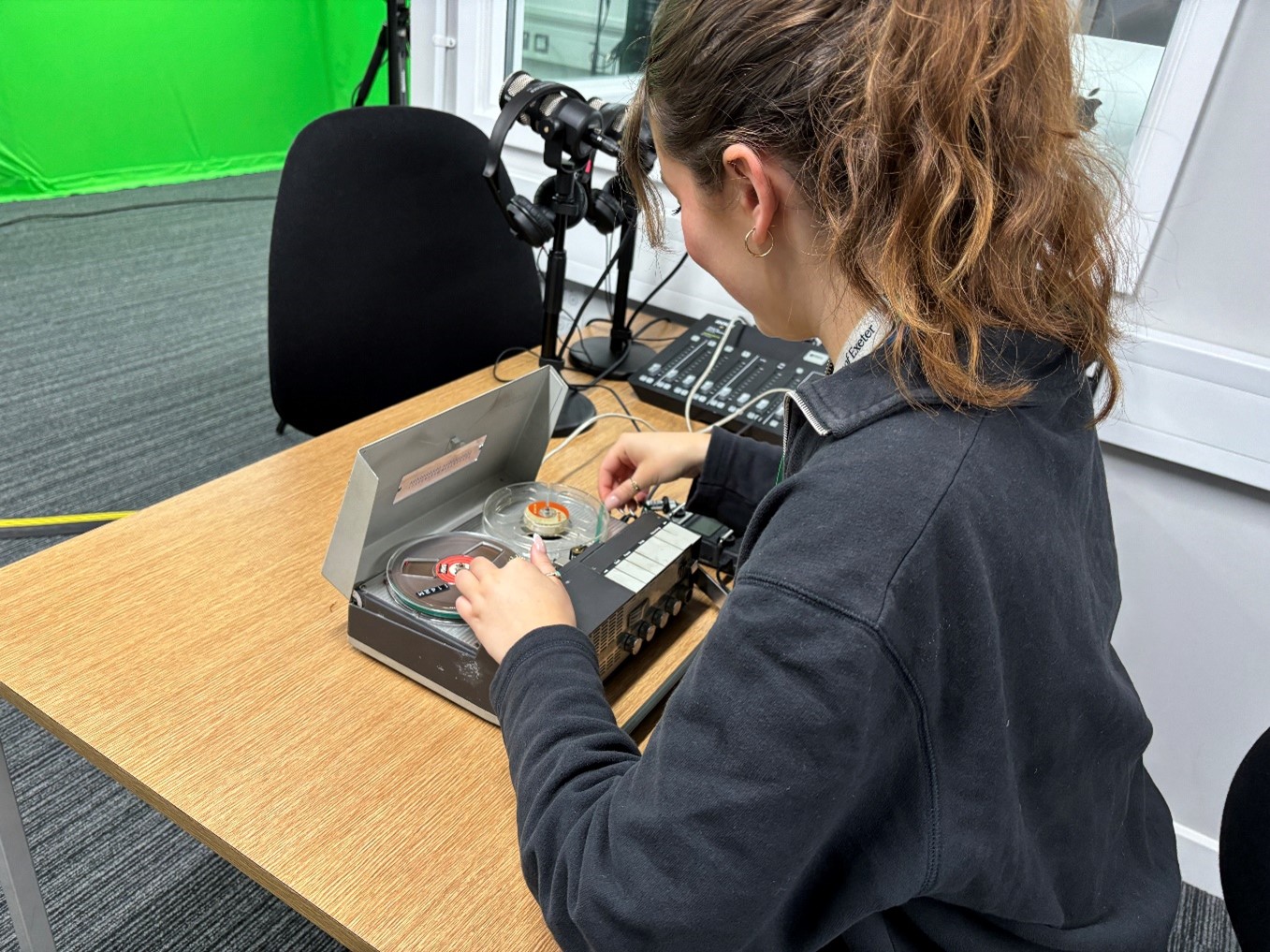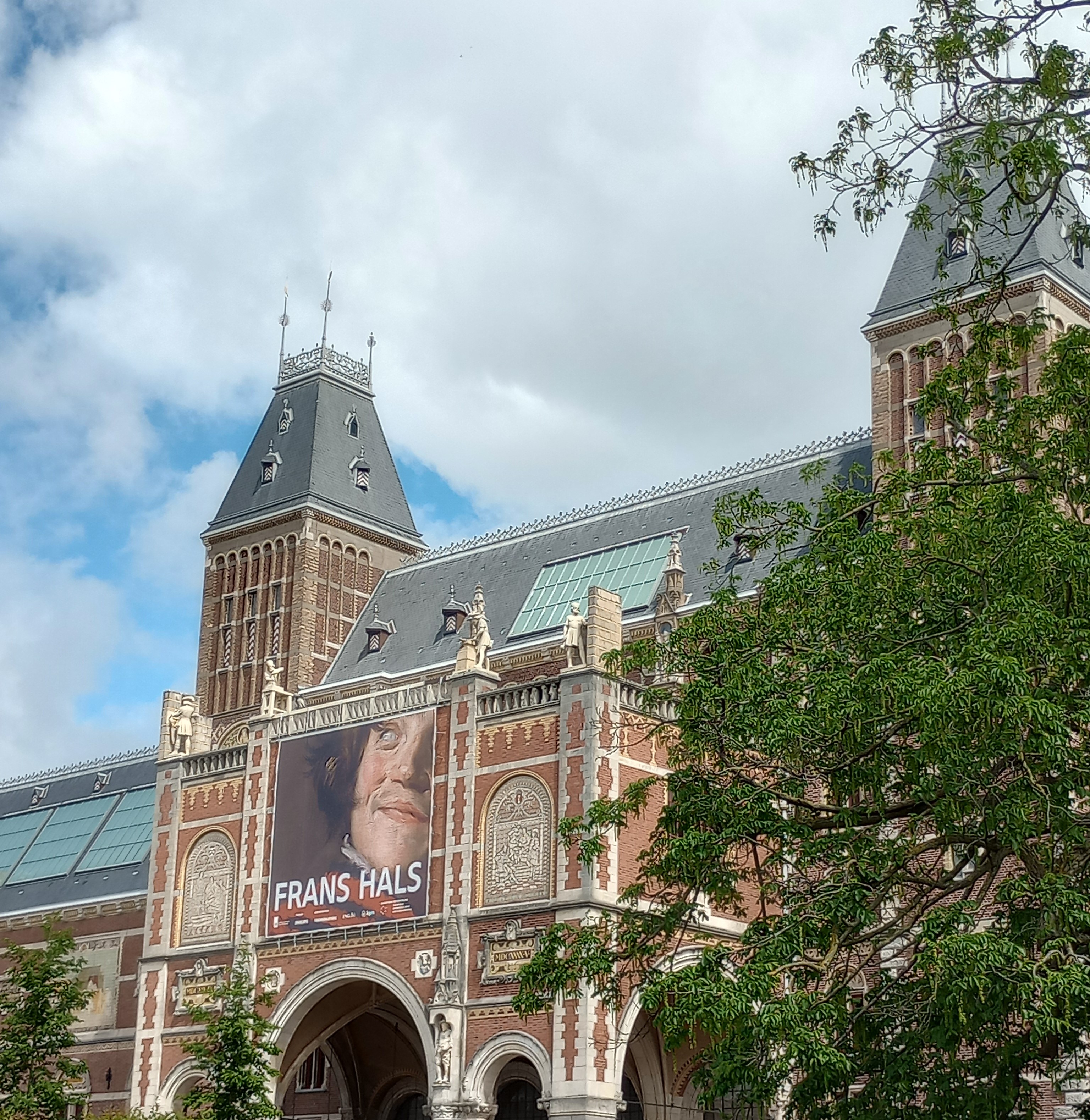Each year we ask our interns to write a blog post at the end of their time working with us looking back on their time in the DH Lab. Here is the fourth of this year’s blogs from Phoebe:
Hi, I’m Phoebe and I’ve just completed my internship at the Digital Humanities Lab here in Exeter alongside my course as a second-year History and Archaeology student. It seems to have flown past but looking back I’ve had such an amazing experience as an intern at the DH Labs and have worked on a huge number of projects- I’m not sure how we fit it all in!
During my time at the Labs, I’ve worked on digitising the Theatre Royal, Exeter Playbill Collection, Institute of Cornish Studies Elections Project and the Family Farming in West Penwith Tapes for Penryn Archive as well as recently working on creating photogrammetry models for the Archaeology teaching packs. I’ve also has great fun playing with the 3D printers at the labs, making cute Christmas decorations and experimenting with different designs.

My first successful 3D print!
In-between all that, I’ve worked closely with Adrián Oyaneder, creating 3D models using photogrammetry from photos he took of petroglyphs in the Atacama Desert. It was this project which inspired me to pursue my dissertation topic where I’ll be using the skills and techniques I’ve learned from working at the Labs. My colleagues at the DH Labs have been incredibly supportive and encouraging of my dissertation project so I’ve really benefitted from all their innovative help and enthusiasm to experiment.

Photogrammetry model of rocks near Reed Hall as practice for my dissertation work

Experimenting with RTI in the field
It’s amazing to think of how much has been done in only a year, especially when I came to this opportunity with no prior skills or experience in this field. My colleagues here have been brilliant in their support and patience as they taught me all they know and helped develop my confidence when working with technology while overcoming its challenges. I’ve learned so much, from 3D capture techniques like photogrammetry and RTI, to how research is effectively conducted and what is involved when storing and caring for delicate archived materials. I’ve also gained a new appreciation for just how valuable digital heritage is in today’s world. Working with digital heritage in such a direct and active way has given me a taste of what this environment is like and encouraged me to pursue it after I graduate.
I’ll be sad to leave this internship, but I’ve loved working with my fellow interns and the DH team!










